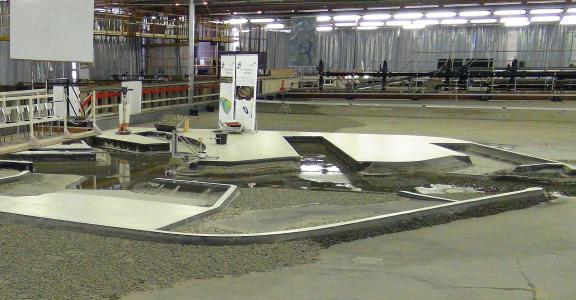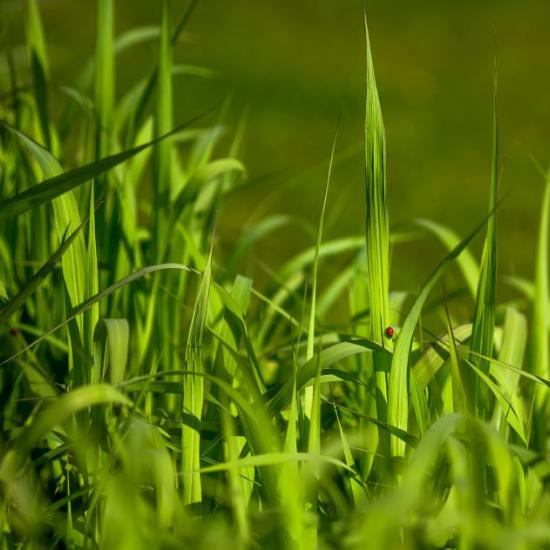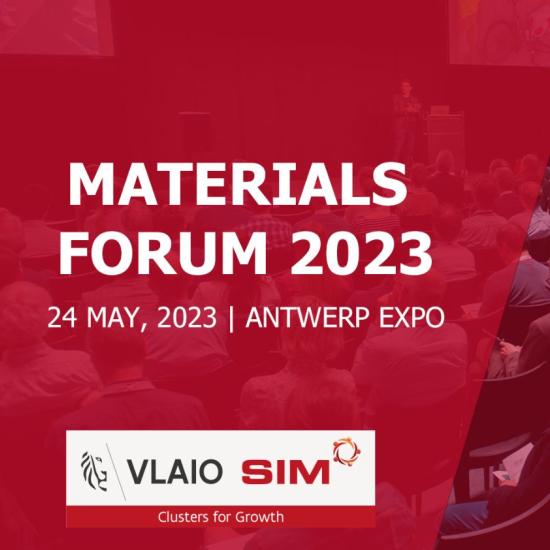A first step towards a new construction technique for physical scale models for research
Flanders Hydraulics Research (Waterbouwkundig Laboratorium) is a research centre that makes frequent use of scale models and is looking for a new way to make them that is more efficient, flexible and sustainable than the current masonry-based approach. This will involve using an alternative material and a different production method. Firstly, a materials study was needed. For this, the Innovative Public Procurement Program (PIO) helped the research centre to call on the expertise of Sirris.
Flanders Hydraulics Research is a centre of expertise that investigates the effects of human activity and natural processes on water systems and the consequences of these for shipping and water infrastructure. The research institute is part of the Department of Mobility and Public Works (MOW) of the Flemish government, which it helps in preparing and implementing policy by providing knowledge, knowledge products and advice in a well-integrated and scientifically sound way. The work of the institute is spread over two sites, in Antwerp and Ostend, and is carried out for the policy domain of the MOW as well as for other policy domains of the Flemish government, other domestic and foreign government services and the private sector.
As a research institution, the Hydraulics Laboratory naturally wishes to use state-of-the-art research tools and infrastructure. Scale models are indispensable for research into coastal safety, the navigability of waterways, sediment transport and flooding. The laboratory wants to find how to make physical scale models for research in a way that is more efficient, flexible and sustainable than the current approach, which is time-consuming, cost-intensive, hard to modify once built and creates a lot of waste. To do this, it started an internal research and development project.
Circular cycle of milling and melting
Until now, the scale models have been made from masonry. This naturally means that a model must be dismantled before a new one can be built. This has a major operational and ecological impact.
The idea behind the project is for the scale models to be milled from a material with a low melting point so that they can be made faster, cheaper and with greater precision. This technique lets the model be modified more easily during the research and then re-melted afterwards so that a new scale model can be milled from it. This keeps the disposal of waste to an absolute minimum.
The main challenge has more to do with finding a material that has the right properties and is practical to use on a large scale than with the milling process. In other words, the new technique depends on finding a suitable material with the right properties. That is why Flanders Hydraulic Research commissioned an in-depth materials study from Sirris in April 2023 with support from the PIO. The Flemish Government uses the PIO to encourage the public sector to provide innovative answers to many social challenges.
Materials study gives definitive answer
In close collaboration with the research centre, Sirris has analysed, evaluated and tested various materials for use in building scale models with the intended technique. Sirris started by using their own expertise for this before consulting external experts from industry and research. The results of this study were put into a report, along with a summary of the main insights.
During the study, the Sirris experts looked for the solution that best matched the specifications. The exercise first identified four promising material families. Two of these were excluded, based on earlier research by the research centre itself. The two remaining materials - wax and PCL - were then further investigated for their meltability, workability and compressive strength. These tests showed that wax had significant advantages over PCL. Specific enquiries to wax suppliers then made it clear that wax is from every perspective the best material for the application.
These insights will help the Hydraulic Engineering Laboratory to further shape its innovation purchase. If the proof of concept is successful and indicates positive results for the new construction method, the research centre and the PIO will begin work on the second part of the project in the spring of 2024, namely the development of integrated measuring and milling equipment.
Image: Surface finish of the processed wax (Basewax) at various stages of testing







